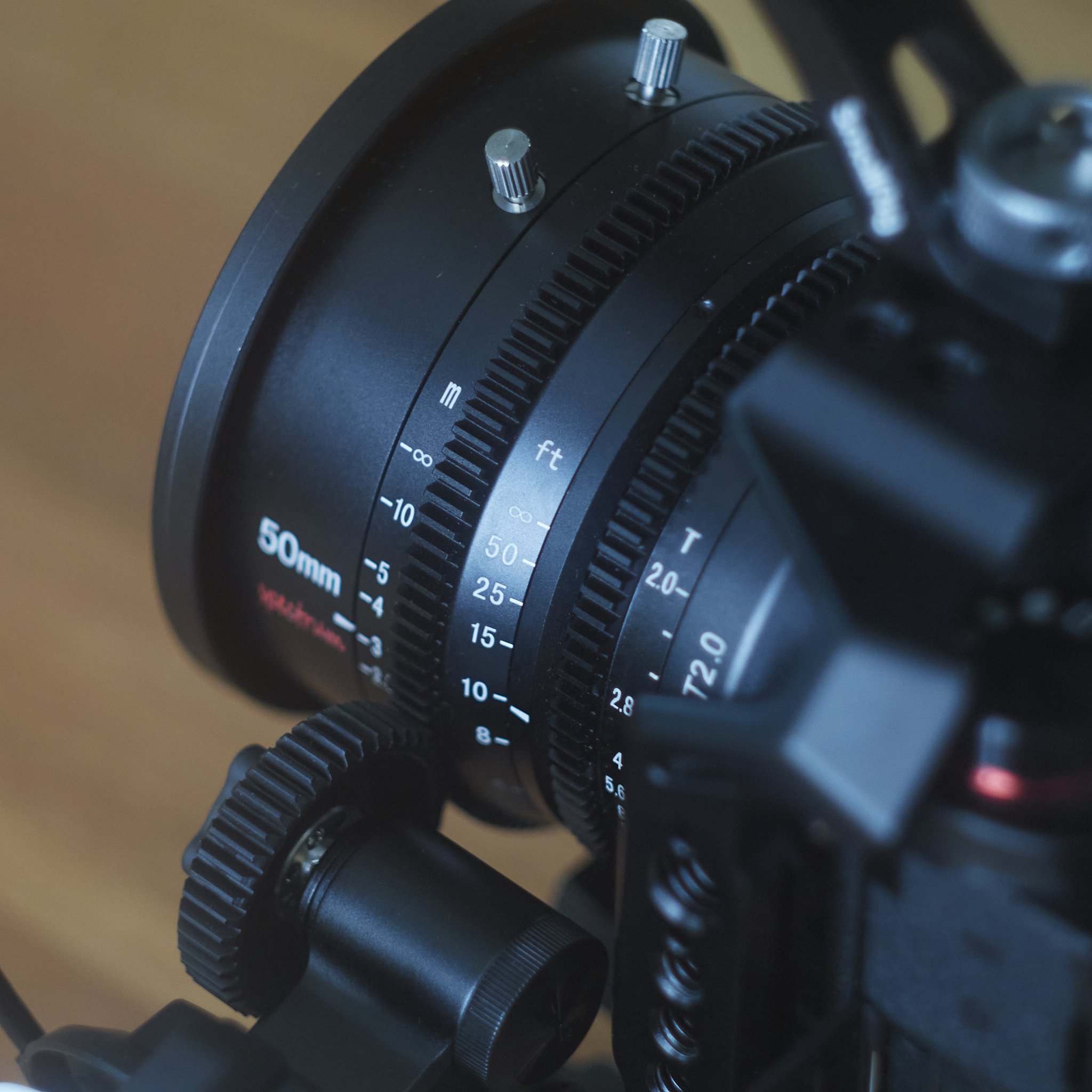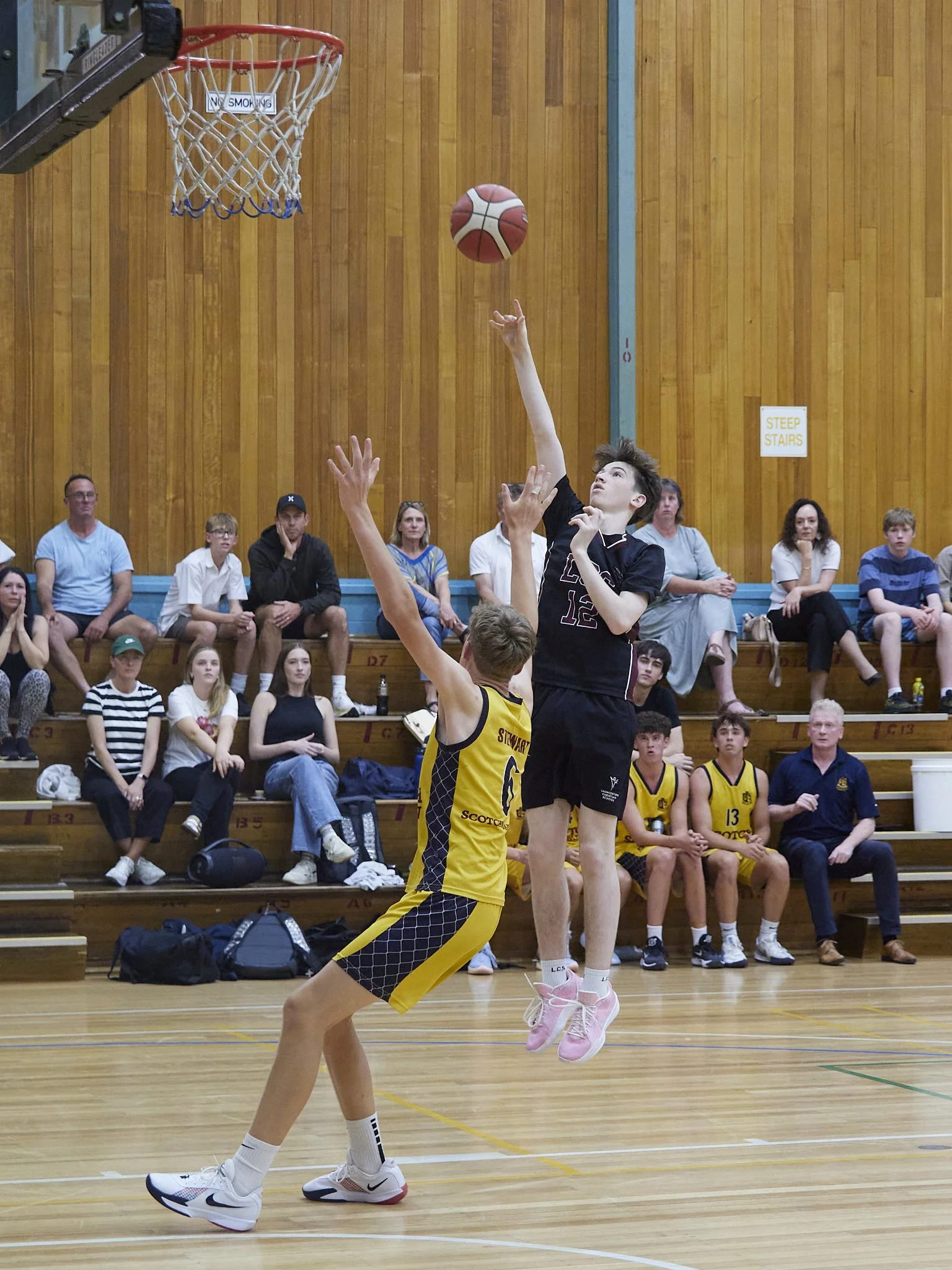Starting out in video is a big move. A little smart phone success may lead to a desire to “go cinematic”, leading to many paths of growth, some needed, some not.
What would I recommend, as a budding video maker?
1
Plan
Be aware of what you want to achieve, what story you want to tell..
Work out what you are trying to make and watch the right videos or talk to the right people to learn how to. If you like low light, moody films, then think low light capable and minimalist lighting. If you like commercial grade interview style, then watch these video’s and learn how to make them.
D4Darius or Epic Light Media are perfect examples of vlogs that can set you straight early on. Want to make a low budget short film, then look at how to make those, not multi million dollar Hollywood epics. D4Darius has won awards using very basic kit and ELM even has a video on making a commercial with gear bought from home depot and a phone.
Good advice is always good to get, but the right advice at the right time is even better.
I learned this the hard way. Lots of bad choices, dozens of examples of Rodger Deakin, Wes Anderson etc doing their magic with massive budgets and a crew of dozens, not enough Mark Bone, Luc Forsyth and D4Darius early on to keep me grounded.
2.
Software
Decide on your workflow and stick to it.
I went with DaVinci Resolve from the start and the learning curve was and still is steep, but I am not being held back by something light weight, forcing me to learn-unlearn a new system as I grow. Premier Pro, Resolve, Final Cut, it matters little, but stick to one until it is no longer the thing that holds you back.
I chose DaVinci because it has two main benefits and one consideration. It is free to get enough to go on with and is becoming an industry standard, but it is also deep and complicated (the last one is a sword with two edges). Pick what works for you as long as it is not a dead end in the short or long term.
3
Understand technical realities
Get your minimum and maximum quality level set, understand how that is achieved and go straight to it. No point in taking pointless steps toward an end point if they fall short.
Understanding some tech stuff is required here, but it boils down to picture profile or codec (LOG or not), colour bit depth, frame rate options (for slo-mo) and resolution. Lots to know, some a little perplexing with plenty of opinions and contradictions. Comparing camera specs can help or equally confuse, so my advice is to look to vloggers like Caleb Hoover, Markuspix, Mark Bone, D4Darius or RICH Photography, then follow the associated links from there.
The thread is basically this; most use a LOG format, some don’t or don’t always and RAW format is seldom recommended for standard video work. These voices will help sort out the mess.
This is often where money is wasted for little benefit if you buy a camera and lenses before you get this right. Everything at the moment seems to be measured in 4k/60 terms and 6k is looming.
Good quality is possible with;
Format does not dictate this and 4k resolution is handy but not required for broadcast level quality. The rest comes down to the rest, lighting, technique and practice. I have fund with video, doing practice runs and pretend scenarios is not the same as actually making something real.
The above is plenty for almost any uses. Less can even be used successfully, but is not necessary to compromise these days and lower quality should be a choice, not a forced restriction. The reality is, like with stills, you are after the end product, the “jpeg” equivalent, which may well be achievable out of camera and not need a ridiculous dynamic or colour range, but you need options if it is not easy to get.
LOG profiles, even RAW format are pushed hard for their extra DR, but walk your own path. Start at the beginning (a Standard picture profile) and see how close that gets you. There is a lot of good work being produced without resorting to LOG profiles which have their own needs.
Torture tests for dynamic range aside, people will accept inky black shadows as “creative licence” and lighting can fix these, but badly blown-out highlight elements if they are important, are like bad sound, un-ignorable. You can avoid what you cannot control.
Good quality can be upscaled, poor quality is still poor even if it is 12k. If you are happy with 4k/60 LOG as your top end, then there are a lot of cheap options, but make sure the other elements like colour depth are there also. Even Game of Thrones was filmed in 1080, then upscaled for 4k DVD sales. A bit like engines, it is not the size, but the application that matters.
I use 10bit/422/1080p at 50fps (Pal region), in Flat profile on my Lumix cameras (M43, APS-c and full frame). Flat profile also allows me to apply idynamic DR expansion. This is easy to grade, plenty if I am careful not to shoot everything with a bright window in the background and consistent. RAW is better theoretically, even full LOG, but for my needs (see point 1), this is enough. Remember that incoming quality is only trying to give you what you want to see at the outward end, so sometimes a Standard picture mode right out of camera may actually be enough, I found this out with my G9 Mk1’s.
4
Camera choice
Buy a good enough camera to meet the above criteria, with a little up your sleeve if you can.
Overbuy and things get harder, not easier. Concentrate on what is important to you. If you intend to use a gimbal or tripod, then internal stabilising is possibly irrelevant, if you intent to go “old school” and manual focus, then AF performance is equally irrelevant, meaning you can pick up a lot of very decent recent cams cast aside for more sure footed AF performers.































































































































